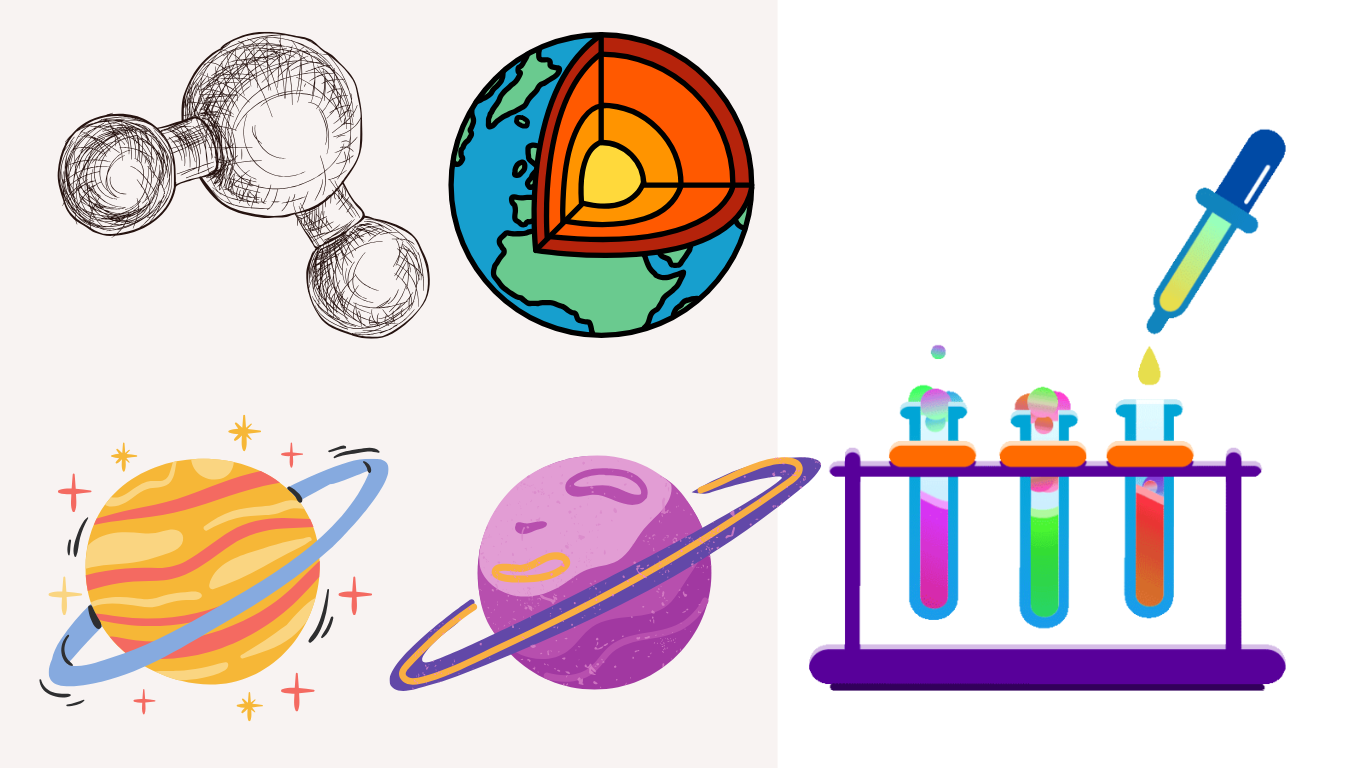Introduction to Thermodynamics
Thermodynamics is a branch of physics that studies the relationship between heat, work, energy, and matter. It plays a crucial role in understanding how energy is transferred and transformed in different systems, making it essential in engineering, chemistry, and even biology.
Importance of Thermodynamics in Science and Engineering
From designing engines to predicting climate change, thermodynamics is everywhere. It helps engineers create efficient machines, aids scientists in understanding natural processes, and even supports medical advancements like cryogenics.
Fundamental Concepts of Thermodynamics
Systems and Surroundings
A system refers to the part of the universe under study, while the surroundings include everything outside it. Understanding the interaction between systems and surroundings is crucial for analyzing energy transfer.
Types of Systems
- Open System: Exchanges both energy and matter with its surroundings (e.g., boiling water in an open pot).
- Closed System: Exchanges only energy but not matter (e.g., a sealed pressure cooker).
- Isolated System: Neither energy nor matter is exchanged (e.g., an ideal thermos flask).
State, Process, and Equilibrium
- State: The condition of a system defined by its properties like temperature, pressure, and volume.
- Process: The transformation of a system from one state to another.
- Equilibrium: A state where there are no net changes in the system’s properties over time.
Energy, Work, and Heat
- Energy: The capacity to do work.
- Work: Energy transfer due to force applied over a distance.
- Heat: Energy transfer due to temperature difference.
The Laws of Thermodynamics
Zeroth Law of Thermodynamics
This law states that if two systems are each in thermal equilibrium with a third system, then they are in thermal equilibrium with each other. This principle allows us to measure temperature consistently.
First Law of Thermodynamics
Also known as the Law of Energy Conservation, it states that energy cannot be created or destroyed, only transferred or converted. This is fundamental in understanding how engines and refrigerators function.
Second Law of Thermodynamics
This law introduces the concept of entropy, which measures disorder in a system. It states that energy transformations are not 100% efficient, leading to energy dissipation as heat.
Third Law of Thermodynamics
It states that as the temperature of a system approaches absolute zero, the entropy of the system approaches a minimum. This has implications in low-temperature physics and cryogenics.
Thermodynamic Processes and Cycles
Reversible and Irreversible Processes
- Reversible Process: Can be reversed without any loss of energy.
- Irreversible Process: Involves energy loss due to friction, heat dissipation, etc.
Common Thermodynamic Cycles
- Carnot Cycle: The most efficient theoretical cycle.
- Rankine Cycle: Used in power plants.
- Otto Cycle: Found in gasoline engines.
- Diesel Cycle: Used in diesel engines.
Applications of Thermodynamics
- Power Generation: Steam turbines, hydroelectric plants, and nuclear reactors.
- Refrigeration and Air Conditioning: Cooling systems in homes and industries.
- Automobile Engines: Internal combustion engines work on thermodynamic principles.
- Aerospace and Rocket Science: Fuel combustion and propulsion depend on thermodynamic laws.
Modern Developments in Thermodynamics
- Thermodynamics in Nanotechnology: Understanding heat transfer at atomic scales.
- Role in Renewable Energy: Efficiency of solar panels and wind turbines.
- Thermodynamics in Biological Systems: Metabolism and energy transfer in living organisms.
Conclusion
Thermodynamics is an essential field that governs everything from the functioning of engines to biological processes. Understanding its principles can lead to innovations in energy conservation, environmental protection, and technological advancements.



